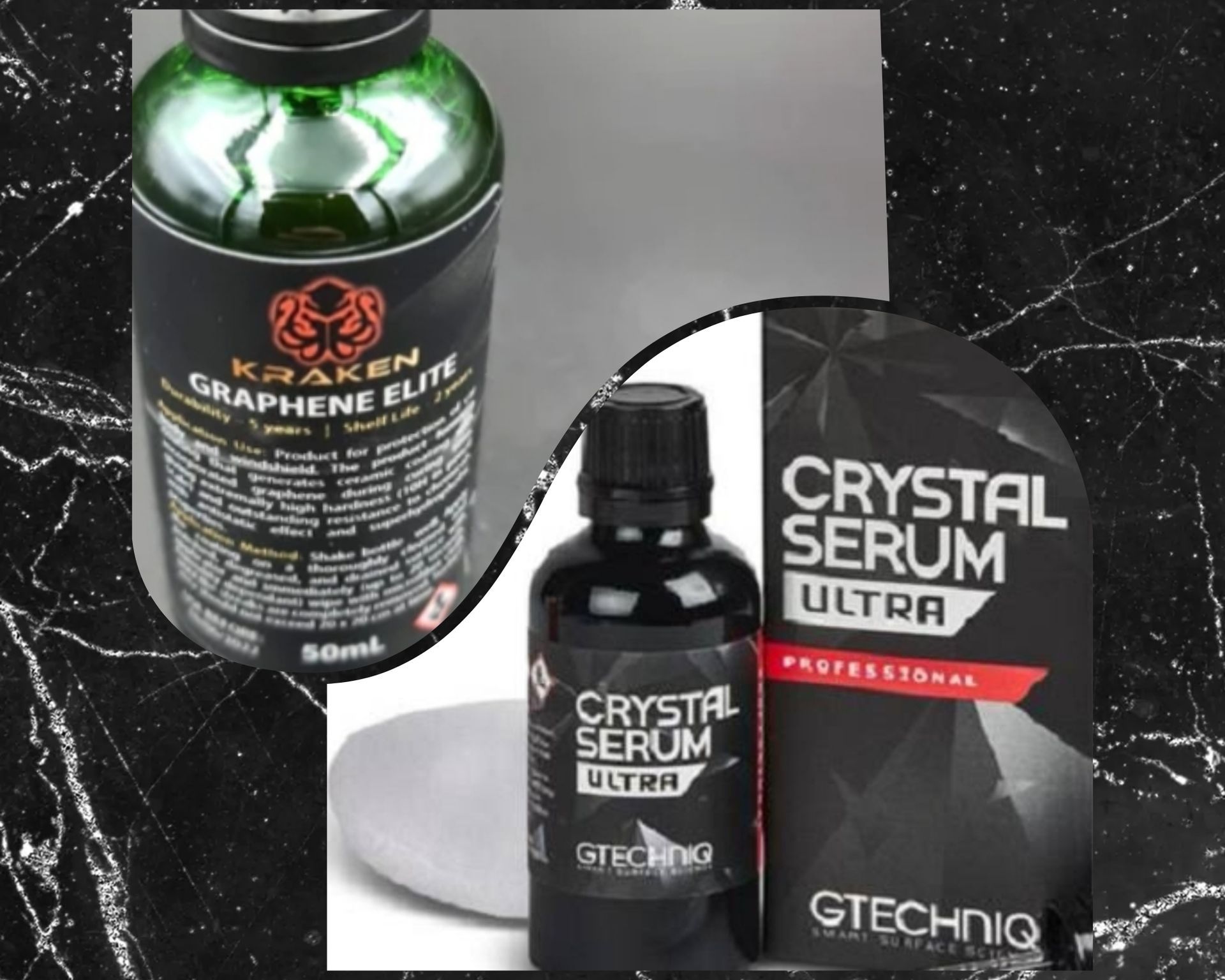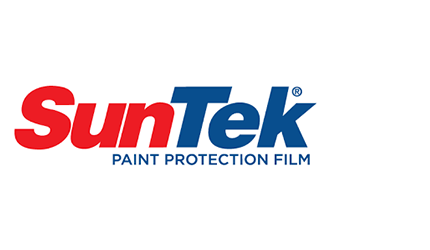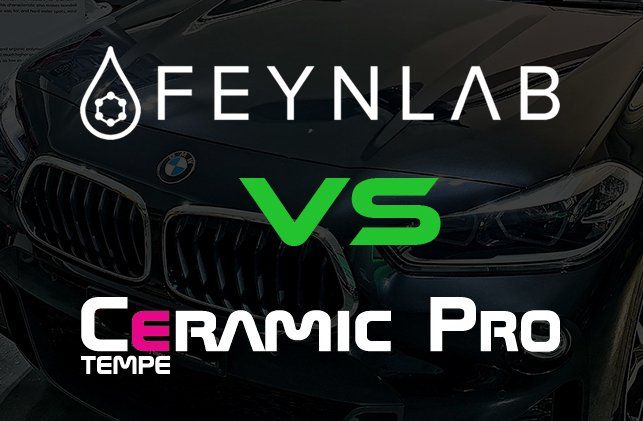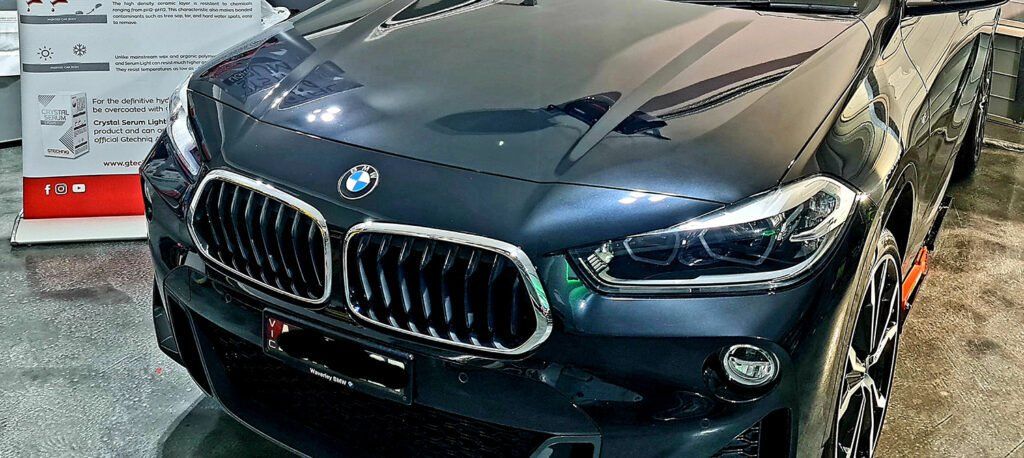WHAT'S THE DIFFERENCE BETWEEN CAR WAX & CERAMIC COATING?
Car wax has been around a long time, and was the go to product for protecting your car’s paint. However, in recent years technology has advanced and now there are a selection of products you can use to protect your paint, among which is ceramic coating. Here we will discuss the difference.

What is wax?
Wax (especially Carnauba wax) has long been the default paint protection product. Wax are generally made from natural wax materials and speads a thin, water repellant layer across your paint to create a warm glow, increase shine and protect your paint. They can come in the form of liquid, paste or even spray. Car wax is simple to apply and can be done by a DIYer.
However, washing the car and regular use quickly wears down the wax, and it usually only lasts a few weeks, or a few months at best.
What is ceramic coating?
Ceramic coating is a relatively new invention thanks to advances in technology. It is a liquid-polymer that contains quartz, silica, and silicone-dioxide, and utilizes nanoparticles to adhere to the surface of the paint and seal all of its pores.
Ceramic coating acts very differently from wax because it produces a curing property once applied to the paint surface. This curing creates a chemical bond with the paint on which it’s being applied, and once applied & cured, it is extremely resistant to water, soap, environmental pollutants and even chemicals. It essentially creates a thin, hard shell over your paint.
Unlike wax, it doesn’t get worn down quickly and can last up to 7 years, depending on the product and what the paint is exposed to. It is also much more resistant to scratches and swirls, and some new ceramic coatings are even able to eliminate swirls by applying hot water to them.
Here is an illustration that shows the difference between ceramic coating and wax:

The only downside the ceramic coating is it is more expensive than wax, and is much harder to apply. If applied incorrectly, it can get contaminants stuck in the coating and you could also be left with streaks which you won’t be able to get out unless you remove the coating. That is why it needs to be applied by a professional in a controlled environment.
If you’d like to get your car ceramic coated, talk to us today by calling 0490 082 285 or emailing autoprofinish@outlook.com.






